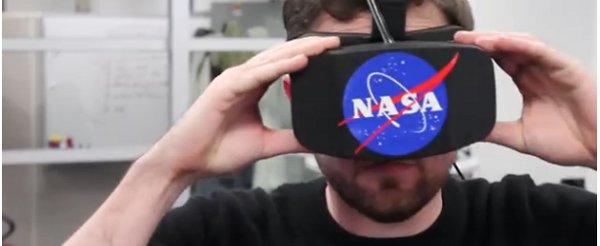
NASA has tested a rig that allows an operator to use the Oculus Rift virtual reality headset in conjunction with an Xbox One Kinect 2 device to control a robot.
Researchers at the Jet Propulsion Laboratory developed the system to experiment with the remote control of robots in space, such as the Mars Rover or the Robonaut 2 repair module on the ISS.
The Oculus Rift headset allows the user to see through a robot’s image sensors, while the Kinect 2 is used to control the robot’s arm. User’s movement, like rotation and hand clenches are also powered by the Kinect, although there is a slight latency involved with operating a robot which is so far away.
The Kinect 2 is due for release in summer 2014, but JPL used an Xbox One developer kit to employ the montion-control sensor. With the Kinect 2 probably priced at around $500, and the Oculus Rift developer version costing around $300, this is an extremely cheap venture for NASA, which recieved about $17bn funding in 2013.
Elon Musk’s SpaceX announced last year that it will be building spacecraft parts with the help of Oculus Rift technology.
"At SpaceX, we love to play with cutting-edge technology and are always looking for ways to turn science fiction into reality," the SpaceX YouTube video description reads. "It not only advances our work, but it’s also fun."
Using a bunch of different futuristic tools, like the Leap Motion Controller, Oculus Rift virtual reality headset, and 3D laser metal printer, Musk explains that SpaceX can design and build rocket parts with greater intuition and accuracy than those built using traditional techniques.
In the video, Musk shows how he uses the Leap Motion Controller to work on a design model of SpaceX’s Merlin rocket engine. The Leap Motion Controller is a motion-sensor for computers that tracks users hands in 3D space. Using just hand gestures in the air, Musk grabs, rotates, zooms in and out, and moves the Merlin engine around on a computer screen.






